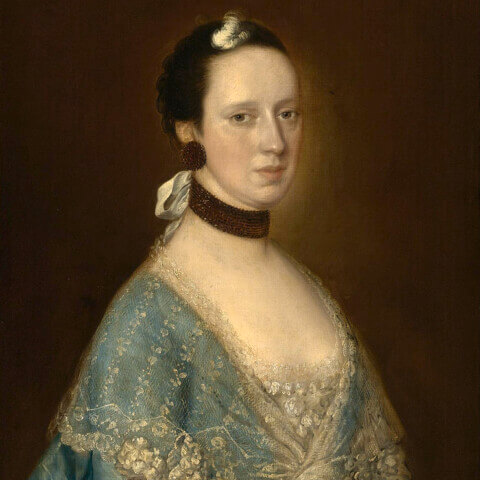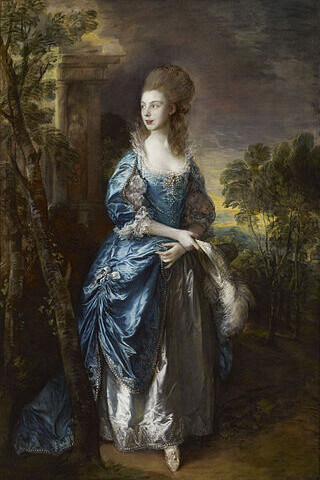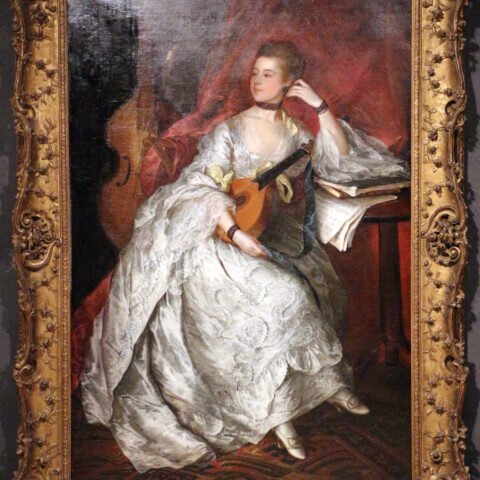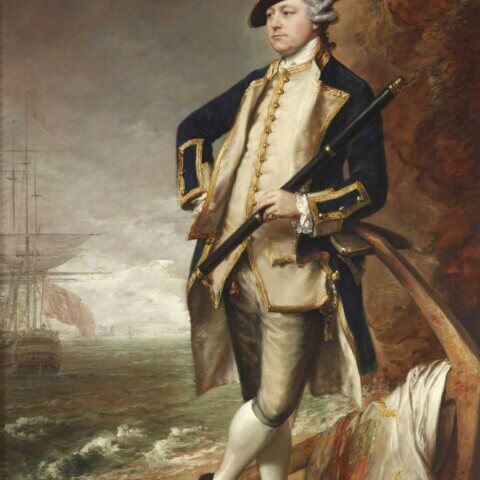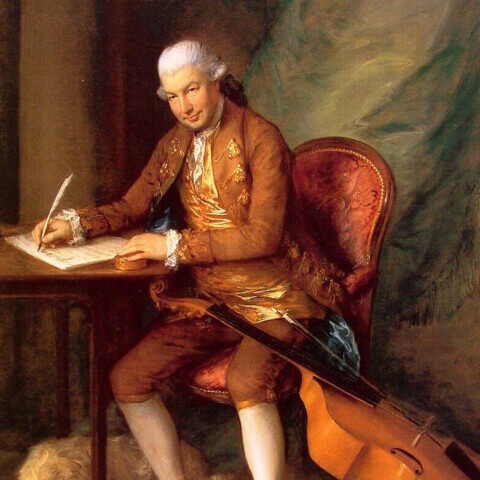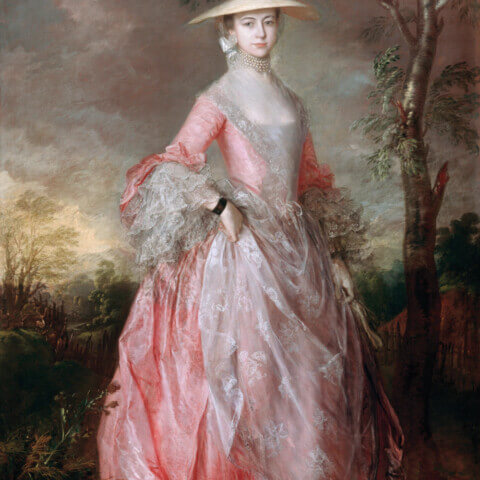Thomas Gainsborough
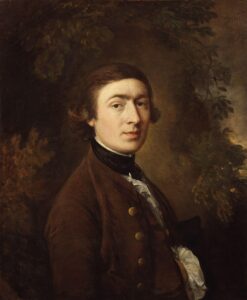
Thomas Gainsborough (1727–1788) was one of the most prominent English portrait and landscape painters of the 18th century. He is best known for his masterful portraiture, imbued with a relaxed elegance, as well as his landscapes that resonated with romantic sensibility.
Gainsborough was born in Sudbury, Suffolk, England, on May 14, 1727. His father was a cloth merchant and his mother came from a family of weavers. Gainsborough demonstrated a keen interest in painting from a young age. At thirteen, he was sent to London to study art under the engraver Hubert Gravelot, a French artist who was a significant figure in the British Rococo movement.
Gainsborough established himself in London during the 1750s and achieved considerable success with his portrait and landscape works. His style was marked by a subtle color palette, a sensitive handling of light and shadow, and a deftly free, almost impressionistic painting technique.
Among his most famous works are “Mr. and Mrs. Andrews” (1750), “The Blue Boy” (1770), and “The Market Cart” (1786). His portraiture captured the elegance and affluence of his subjects, often featuring them set against the backdrop of the English countryside. “The Blue Boy,” in particular, is considered one of his most significant contributions to the art world, celebrated for its evocative use of color and atmospheric effects.
Despite his commercial success in portraiture, Gainsborough’s true passion was landscape painting. He once wrote, “I’m sick of portraits, and wish very much to take my viol-da-gam and walk off to some sweet village where I can paint landscapes.” His landscapes, while less commercially successful than his portraits, demonstrated a naturalistic style and lyrical sensibility that greatly contributed to the development of Romantic landscape painting.
Gainsborough’s reputation continued to grow throughout his life and after his death in 1788. He was one of the founding members of the Royal Academy in London and his influence on future generations of artists was considerable. He is remembered as a versatile master of both portraiture and landscape painting who had a significant impact on the development of British art.
- 1
- 2


